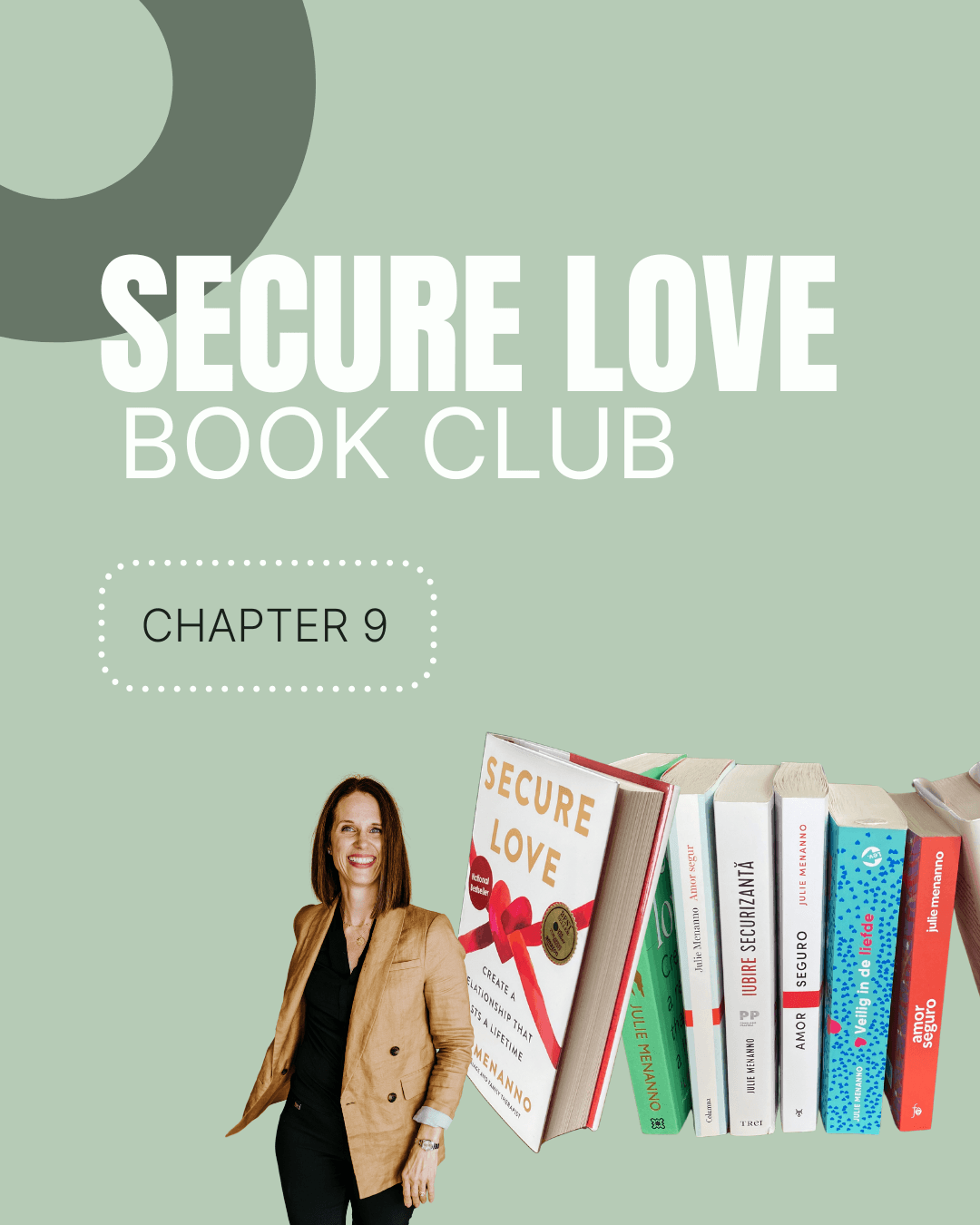Attachment Based Relationship Tips
Looking to strengthen your relationship? Our blog offers expert relationship tips rooted in attachment theory and Emotionally Focused Therapy. Learn how to identify your attachment style, communicate more effectively, and foster emotional safety with your partner. From overcoming conflict to building deeper trust, our practical advice and tools, created by couples therapist Julie Menanno, are designed to help you move toward a secure and fulfilling connection. Dive in and start transforming your relationships today!
Chapter 9: Attachment Injuries and Repair
In Chapter 9 of Secure Love, we explore attachment injuries—what they are, how they form, and what it takes to repair them. These moments of relational pain shape our protective strategies, but they also offer an opportunity for deeper connection if we’re willing to stay emotionally engaged.
Why Do Avoidant Attached Partners Do That?
Understanding why avoidant partners engage in behaviors like appeasing, shutting down, or defending themselves is key to breaking negative cycles. Learn how to transform these behaviors and build a more secure relationship.
Why Do Those with Anxious Attachment Do That?
Anxious attachment behaviors often stem from deep fears of abandonment. Learn why these behaviors feel safe and how to shift toward healthier relationship patterns.
Understanding Disorganized Attachment
Discover how disorganized attachment impacts relationships and explore steps to build trust, foster connection, and begin healing.





Most couples believe that if they could just get on the same page, their conflicts would finally settle down. The problem is that agreement alone does not guarantee connection. You can agree and still feel unseen. You can disagree and stay deeply bonded.
In this meeting, Emotional Safety vs. Agreement, we will look at conflict through an emotional safety lens. We will explore what emotional safety actually feels like, what happens in the nervous system when safety drops, and how negative cycles begin when you and your partner stop feeling safe with each other.
You will learn:
The difference between emotional safety and agreement
How your nervous system reacts during conflict
How to recognize when safety has dropped between you
Emotional safety scripts you can use in real time
What to say less of and what to say more of when you want connection
How to repair after a moment where safety went missing
Thank you for doing this work with me and for your courage in looking at your patterns with honesty and compassion.